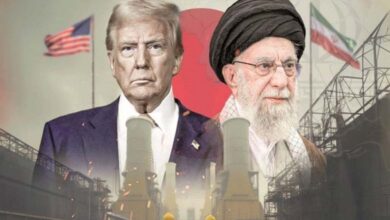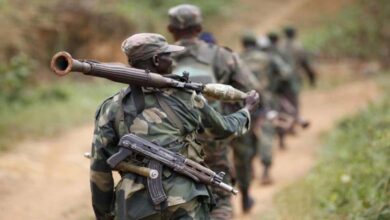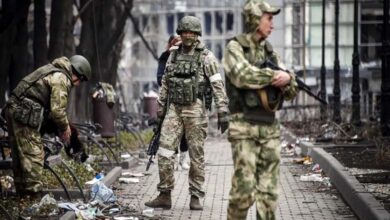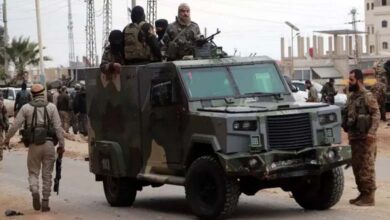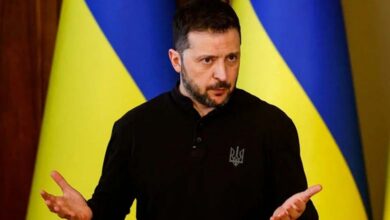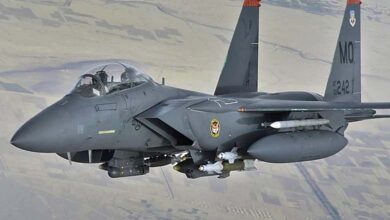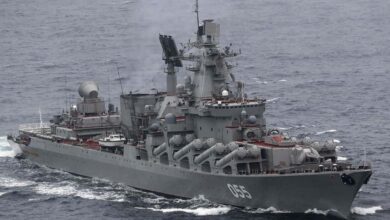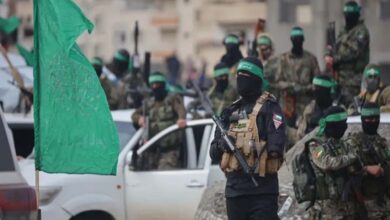T-7A… A Revolutionary Fighter That Transforms U.S. Pilot Training

For generations, the U.S. Air Force has relied on the Northrop T-38 Talon to train pilots destined to fly fighters and bombers.
However, the upcoming Boeing/Saab T-7A Red Hawk is set to replace the T-38, fundamentally changing the way the Air Force trains its new pilots in flying and combat, according to National Interest.
-
Washington denies transfer of Iranian enriched uranium before U.S. strike
-
B-2 Over Iran: Pilot Comfort Was Part of the Strike Plan
Since the 1960s, the T-38 has played a vital role in preparing American pilots for war. Yet it has long been outdated, a relic from an era when training focused mainly on flight handling and survival.
By contrast, the T-7A was designed to replicate the experience of modern fighters, emphasizing avionics management, decision-making, and tactical preparation. The shift from the T-38 to the T-7A therefore represents not just new equipment, but a complete change in training philosophy.
-
A Mysterious Mission… A U.S. Spy Plane Over Cartel Territory
-
Similar to 9/11… Terrorist Plot Targeting U.S. Interests Uncovered
The T-38’s thin wing and streamlined fuselage give it supersonic speeds and excellent performance, but it was built in a different age—when the philosophy of “trial by fire” guided pilot training. Without digital fly-by-wire systems, new pilots are forced to manually adjust maneuvers and inputs to keep the aircraft stable.
Landing the T-38 is also notoriously difficult, with multiple challenges: high approach speeds of about 150 knots, the need for precision with a narrow landing gear, and poor low-speed handling, leaving little room for error.
-
The Pentagon is “powerless” against mysterious drones… Unchecked intrusions over a U.S. base
-
Washington strengthens its presence in northern Syria to counter Russian influence
Its cockpit is equally dated, lacking radar and bearing little resemblance to the glass cockpits of 4th- and 5th-generation fighters. This created a training gap: graduates mastered exceptional manual flying skills, but struggled significantly when transitioning to advanced aircraft such as the F-15, F-16, F-22, and F-35.
The T-7A was specifically designed to close this gap between trainer jets and frontline fighters. Its fly-by-wire systems provide a safer and more flexible flight envelope, particularly at high angles of attack and low speeds.
-
Submarines, Missiles, and Fighters: A Comparison of Strategic Weapons between China and the United States
-
Trump Administration Defends Strikes on Iran as Leaked Report Puts Success Under the Microscope
As a result, landings and flight profiles—historically major accident risks in the T-38—are not expected to pose the same dangers in the T-7A. Trainees will instead be able to focus more on cognitive and procedural skills required for modern air combat.
The T-7A cockpit is generations ahead of the T-38: fully digital, equipped with a large display, and featuring a side-stick control system similar to that of modern fighters.
-
Balloon Warfare: The Soviets’ Hidden War against the Ghosts of the Sky
-
The Mystery of the American Military Plane… An Unfinished Secret Mission 63 Years Ago
It also includes advanced simulation systems capable of replicating radar functions, targeting pods, data links, and even enemy threats—allowing pilots to train in combat scenarios while still flying a trainer aircraft.
The T-7A’s entry into service will profoundly impact pilot training: instructors will no longer need to devote most of their time and effort simply to keeping students safe. Instead, they can focus on more complex skills such as information processing, tactical decision-making, and systems management.
-
The Future of the British Army: Costly Modernization or Looming Threats?
-
Zelensky Pledges Increase in Ukrainian-Made Weapons for Victory Against Russia


